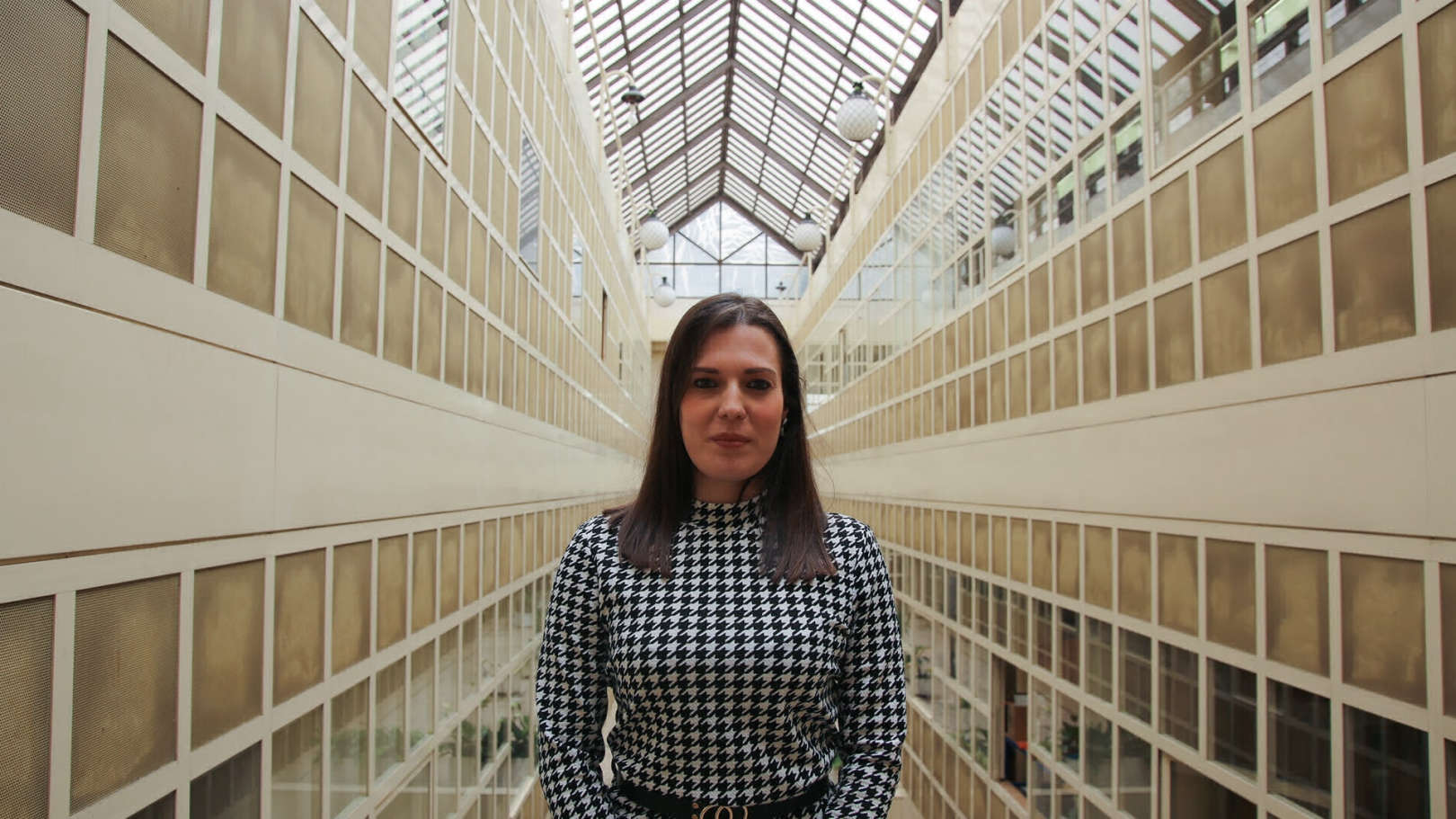About
Susana Novais is graduated in Biomedical Engineering from the Bragança Polytechnic Institute, Portugal. In 2019 she received the Ph.D. degree in Physical Engineering at the University of Aveiro, Portugal, on optical fiber sensors for challenging media. In last 5 years, she has published about 21 papers in international journal, book chapters and conference proceedings. Her field expertise is optical fiber sensors applied to the lithium ion batteries, optical fiber designs and their applications in chemically challenging media. She is currently an Assistant Researcher at the Center for Applied Photonics (CAP) at INESC TEC and her current research interests are optical fiber sensors for medical applications.


